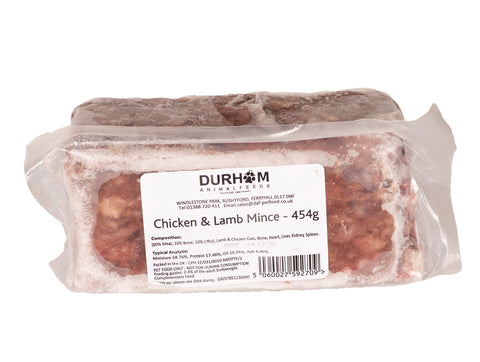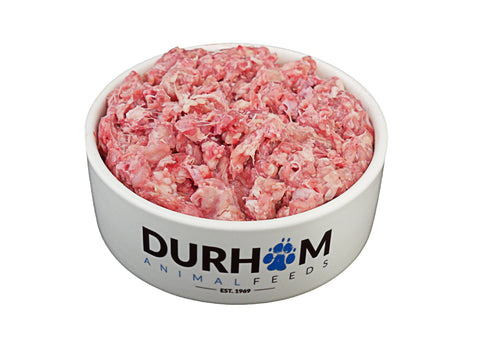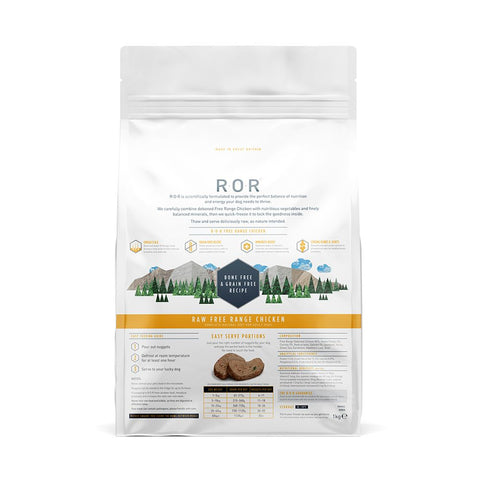Fancy Goldfish

Introduction
Fancy goldfish like Orandas, Black Moors, and Ryukins are all the same species of fish as common goldfish, Carassius auratus.
All of these varieties are the result of centuries of careful selective breeding to emphasise certain traits.
Fancy goldfish are more delicate than common goldfish and require greater care to keep them successfully. To achieve this, they are best kept in indoor aquaria only. As with all fish, maintaining good water quality is essential for their health, but also make sure their habitat, diet, and companions are compatible with their needs.
Water Requirements
Fancy goldfish are intolerant of poor water conditions. It is recommended the water parameters stay within the following guidelines although they can acclimatise to a wider range of temperature, pH and hardness over a period:
Temperature: between 4-25C, ideally between 15-23C (the aquarium should be kept away from heat and draughts to reduce fluctuations)
pH: 6.0-8.0
Ammonia: 0mg/l (0.02mg/l may be tolerated for short periods)
Nitrite: 0mg/l (0.2mg/l may be tolerated for short periods)
Hardness: moderately soft ñ hard (5-19dH)
Biology
The fundamental characteristics of fancy goldfish and common goldfish are actually very similar. Many of the fancy goldfish have a squatter appearance and do not get as large as common goldfish, usually growing no larger than 20 cms. Their lifespan is approximately 6 to 8 years, but some have been recorded to live for 20 years.
The position and shape of their swim bladder is different from that of a common goldfish. This on its own causes no problems, but an improper diet can lead to buoyancy problems by preventing the swim bladder from functioning correctly.
One feature that fancy goldfish retain from their common goldfish ancestry is tubercles. These are small white pimples that develop on the gill covers of males as they approach breeding condition, and should not be confused with the white spot parasite which appears all over the body.
Aquarium Requirements
While fancy goldfish can be kept in a small aquarium when they are young, be prepared to get a larger aquarium as they grow. A larger aquarium has the extra benefit of allowing you to keep more fish and allows for more stable water quality. Whatever the size of aquarium, a filter must always be used. All the fancy breeds prefer a gentle current, so make sure that the filter's output is not too powerful, or is evenly distributed throughout the aquaria by use of a spray bar if possible.
Aquarium gravel or other suitable substrates should be used to cover the bottom of the aquarium and will help to anchor plants and ornaments in place. When buying gravel, speak to your retailer to ensure that you buy the correct size to avoid the goldfish accidentally ingesting it. If you want to decorate the aquarium with artificial plants, add some live aquatic plants too. Plants and algae can play an important part in fancy goldfish nutrition which is a key to keeping them healthy.
All ornaments, including artificial plants, should be chosen carefully.
Avoid those with sharp or very rough surfaces so as to prevent injuring breeds that have protruding eyes such as Celestials, Telescope-eyed breeds.
A heater is not required for fancy goldfish unless they are kept in a very cold room. Although goldfish are coldwater fish, they do not tolerate rapid fluctuations in their water temperature as these can cause stress leading to disease. Keep the aquarium out of draughts and away from sources of excess heat.
Maintenance
At least once every two weeks, a partial water change of 25-30% is treatment. If in doubt, ask your retailer for further advice.
strongly recommended (a gravel cleaner is useful to remove waste from the gravel). The water should be tested regularly to ensure pollutants such as ammonia and nitrites don't build up. Ensure you treat all replacement water with tap water conditioner or allow the replacement water to stand or aerate it to remove any chlorine present before adding it to the aquarium.
Filters should be checked for clogging and blockages. If the filter needs cleaning, then do not run it under the tap as any chlorine present may kill the beneficial bacterial population that has established in the media. Instead, it can be rinsed in the tank water which is removed during a partial water change as this reduces the amount of bacteria which are lost.
Good husbandry is essential as these fish can be stressed by even the smallest amounts of ammonia and nitrite. Test the water to monitor the ammonia, nitrite and nitrate levels every week, especially during initial set-up and after adding extra fish.
Feeding
Like common goldfish, fancy goldfish are opportunistic feeders and appear to have insatiable appetites. Over-feeding can be avoided by feeding once or twice a day with what they can eat in no more than a minute or so. Excess food should always be removed immediately to avoid polluting the water.
A goldfish flake or pellet food can be used as a staple diet, but add variety by providing a selection live or frozen foods such as daphnia, bloodworm or brine shrimp. Vegetable matter can be provided in the form of aquatic plants, blanched lettuce or thawed and shelled frozen peas. A good and varied diet can prevent associated buoyancy problems, and will also promote a strong and healthy immune system to fight off infectious diseases.
Common Problems
Water quality problems will affect fish behaviour and can be shown by clamped fins, reduced feeding, erratic swimming and gasping at the surface. Immediately test the water if any of these symptoms are shown.
Good water quality and a healthy, varied diet can help prevent many diseases in goldfish such as fungal or bacterial infections and swim bladder problems.
In hooded breeds, such as Lionheads, Orandas and Ranchus small, white, fluffy patches within the creases of the hood are sometimes seen. Normally, this is just sloughed material and mucus and should fade with time. However, reddened or extensive areas of these patches that persist might require treatment. If in doubt, ask your retailer for further advice.
Compatability
All varieties of fancy goldfish will normally live together happily. If you wish to add any other species, ask advice from your retailer.
It is not advisable to keep fancy varieties with Shubunkins, comet or common goldfish. More often than not, the breeds can out-compete the fancy goldfish for food. In some cases, there are reports of boisterous comets fin nipping the slower swimming fancy varieties.
Breeding
Fancy goldfish can be bred in captivity. They are egg scatterers and the eggs must be removed from the aquarium to avoid predation. The eggs normally hatch after about 3 days, but this also depends on temperature.
Check List
You have the appropriate equipment and position for the aquarium.
You have researched all the species you are interested in and your final choices are all compatible.
You are familiar with how to transport and release your fish.
You are aware of the daily, weekly and monthly maintenance your aquarium will require.
You are prepared to look after your fish properly for the duration of their life.
Equipment
Glass or plastic aquarium
Gravel cleaner
Water testing kit
Tap water conditioner
Gravel or other suitable substrates
Filter
Food - ensure variety
Before purchase make sure:
The aquarium is of a suitable size
Water parameters are as advised in this leaflet.
Important things to remember
Always buy…
test kits and regularly check the water for ammonia, nitrite,
nitrate and pH. This will allow you to make sure the water in
your aquarium is not causing welfare problems for your fish.
Establish a routine...
for testing the water in your aquarium. Record your results
to enable you to highlight fluctuations quickly. Also check
the temperature of the water.
Maintain…
the water in the aquarium within the accepted parameters
highlighted in this leaflet. You may need to do regular water
changes to achieve this.
Always wash your hands...
making sure to rinse off all soap residues, before putting
them into your aquarium. Wash your hands again afterwards
and certainly before eating, drinking or smoking.
Never siphon by mouth...
A fish tank can harbour bacteria which can be harmful if
swallowed. Buy a specially designed aquarium gravel cleaner
which can be started without the need to place the siphon in
your mouth.
Never release your aquarium animals or plants into the wild Never release an animal or plant bought for a home
aquarium into the wild. It is illegal and for most fish species this will lead to an untimely and possibly lingering death because they are not native to this country. Any animals or plants that do survive might be harmful to the environment.
Credit to OATA











